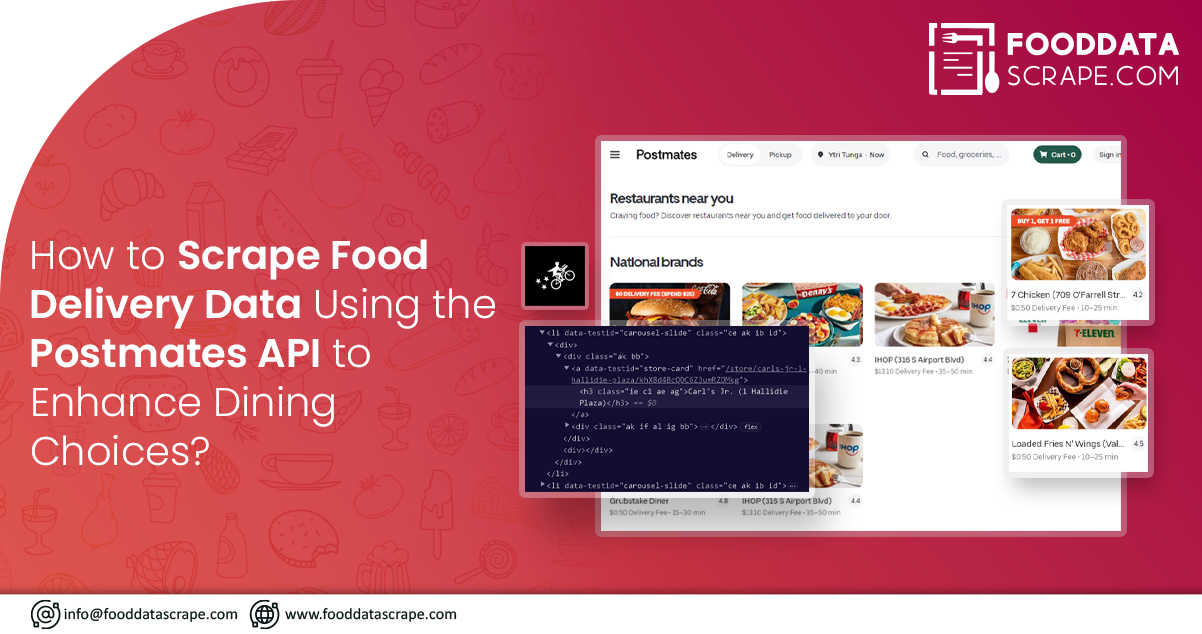Postmates API scraping is a technique that involves extracting data from the Postmates delivery platform, a well-known on-demand delivery service. This process empowers businesses, developers, and enthusiasts to tap into a wealth of valuable information provided by Postmates, including details on restaurant menus, delivery schedules, pricing, item availability, and order tracking. Scrape Food Delivery Data Using the Postmates API to help individuals and organizations unlock many opportunities and enhance their operations in various ways.
One significant application of Postmates food delivery API scraping is menu aggregation. Restaurants can utilize scraped menu data to offer customers an additional channel for ordering food through their websites or mobile apps. It broadens their reach and simplifies the ordering process for patrons. Food delivery data extraction allows for price and service comparisons for consumers, enabling them to make well-informed decisions based on factors like cost, delivery fees, and estimated arrival times.
Furthermore, real-time delivery tracking, made possible through scraped Postmates data, ensures that customers receive timely updates on the status of their orders. Businesses can also leverage this information to monitor delivery performance, ensuring efficiency and customer satisfaction. Additionally, companies gain valuable marketplace insights by analyzing scraped data, such as market trends, popular items, customer preferences, and competitor strategies. This knowledge empowers businesses to adapt and thrive in a highly competitive landscape.
List of Data Fields
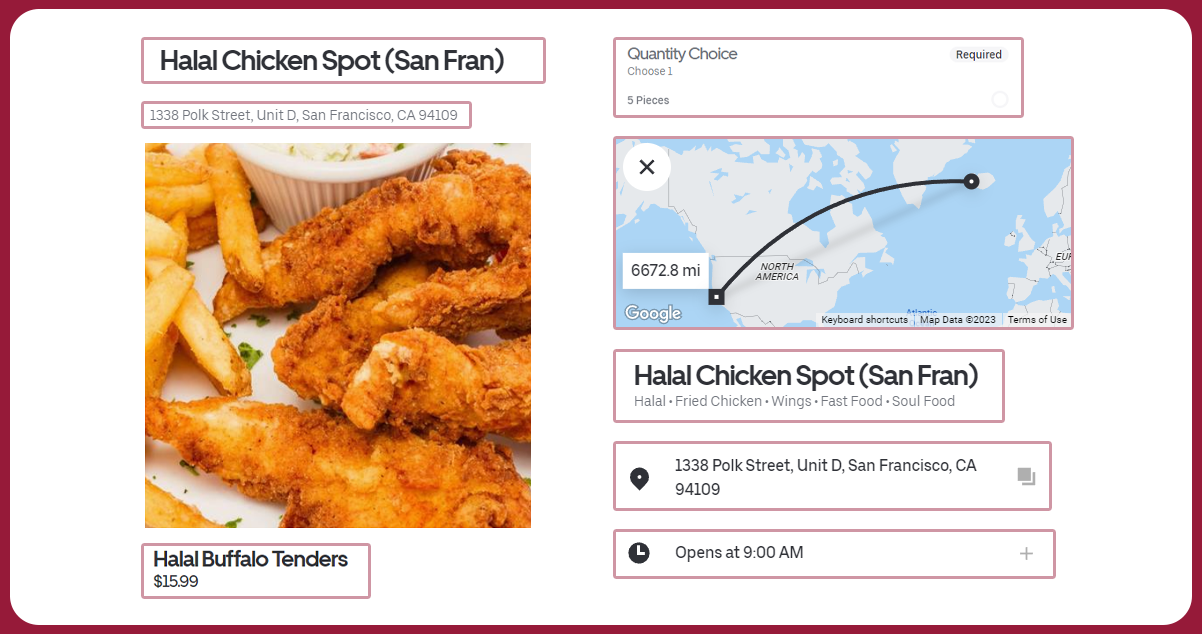
- Restaurant’s ID
- Restaurant’s Name
- Address
- State
- City
- Country Code
- Postal Code
- Cost
- Aggregate Ratings
- Highlights
- Email Id
- Cuisines
- Latitude
- Longitude
- Opening Hours
- Menu
- Price Range
- Phone
- Review
- Website
- Votes
About Postmates API
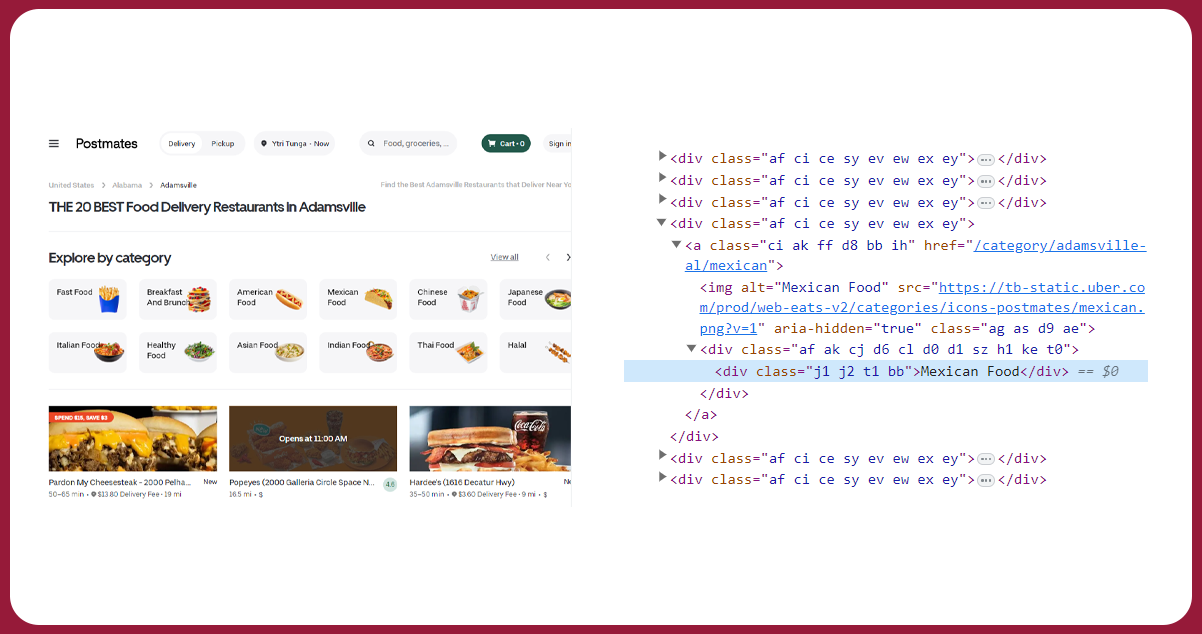
Postmates API (Application Programming Interface) is a set of rules and protocols that allows software applications to interact with and access the services and data provided by the Postmates delivery platform. Postmates is a well-known on-demand delivery service that connects customers with local restaurants, stores, and businesses, allowing them to order food, groceries, and various products for delivery to their doorstep.
The Postmates API enables developers, businesses, and partners to integrate Postmates' delivery capabilities and data into their applications, websites, and systems. By leveraging this API, users can access various functionalities and data.
Postmates API is a valuable tool for businesses in the food delivery, e-commerce, and logistics industries and for developers interested in building innovative applications that leverage Postmates' delivery infrastructure and services. However, it's essential to use the API in compliance with Postmates' terms of service and to ensure data security and privacy.
Features of Postmates API
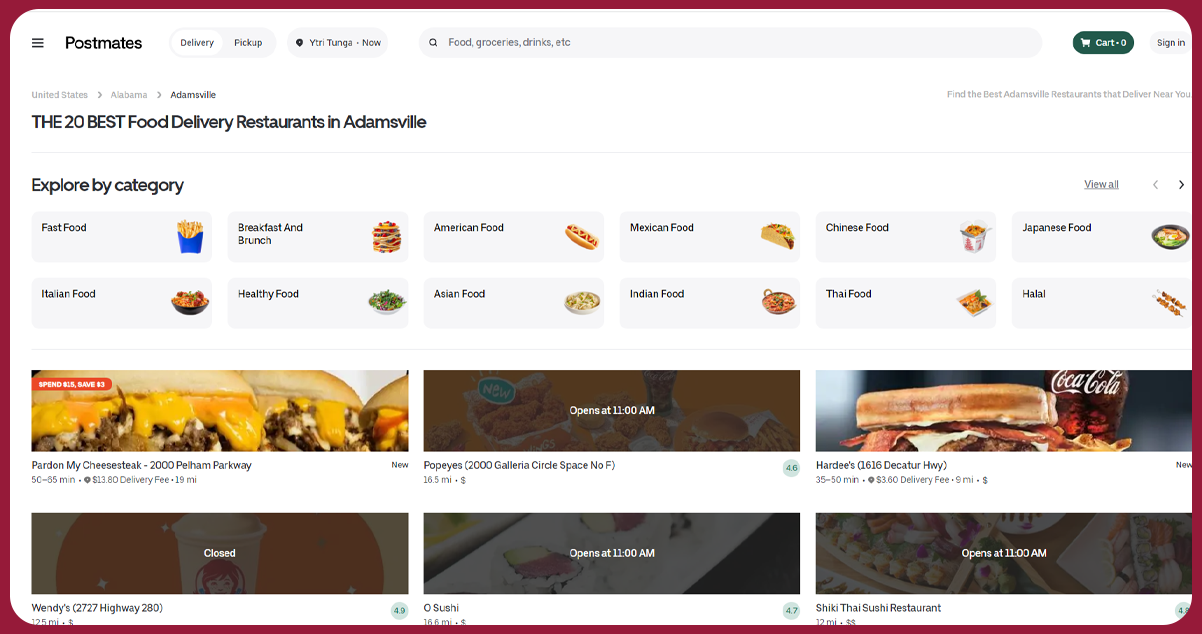
Some of the key features of the Postmates API include:
- Order Placement: Users can programmatically create and place delivery orders through the API. It includes specifying pickup and drop-off locations, delivery items, and special instructions.
- Real-Time Tracking: The API provides real-time tracking information, allowing users to monitor the status and location of their deliveries. This feature enhances transparency and keeps customers informed about the progress of their orders.
- Pricing Information: Users can access pricing details, including delivery fees and estimated arrival times. This feature enables cost comparisons and helps customers make informed decisions for price monitoring.
- Restaurant and Store Information: The API offers access to a database of local restaurants, stores, and businesses. Users can retrieve menus, operating hours, and item availability.
- Driver and Courier Integration: For businesses that use their drivers or couriers, the API provides features to integrate these individuals into the delivery process. It ensures a seamless and efficient delivery operation.
- Historical Data Access: Users can retrieve historical order and transaction data. This data is valuable for analytics, reporting, and gaining insights into delivery patterns and customer behavior.
- Delivery Fee Estimation: The API allows users to estimate delivery fees based on various factors, such as distance and time of day. This feature helps customers understand the cost of their deliveries in advance.
- Address Verification: The API includes verification functionality to ensure that addresses provided for pickup and delivery are valid and accurate.
- Payment Processing: Users can handle payment processing through the API, including payment authorization and capturing charges for orders.
- Error Handling: The restaurant data scraping provides comprehensive error handling capabilities, allowing developers to address and manage various errors that may occur during the integration process.
- Webhooks and Notifications: Developers can set up webhooks to receive real-time notifications and updates related to orders, deliveries, and events on the Postmates platform.
These features empower businesses and developers to seamlessly integrate Postmates' delivery services into their applications, websites, and systems. It enhances customer experiences, improves operational efficiency, and opens up opportunities for innovation in the delivery and logistics space. However, users must comply with Postmates' terms of service and adhere to the best data privacy and security practices when using the API.
Steps Involved in Tracking Real-Time Restaurant Delivery Data Using Postmates API
API Integration: Integrate the Postmates API into your application or platform and obtain the necessary API credentials, including an API key, from Postmates. Configure your application to make API requests, ensuring you can access delivery-related data.
Order Placement: Create a delivery order through the Postmates API to initiate tracking. Specify details such as the pickup location, delivery address, and items to be delivered. Upon order creation, you will receive a unique order ID.
Real-Time Tracking: Utilize the order ID to enable real-time delivery tracking. The Postmates data extension offers endpoints or methods that allow you to retrieve the current status and location of the delivery. Continuously poll this data to keep it updated.
Status Monitoring: Keep track of the status updates provided by the API. These updates include details about the courier assignment, pickup confirmation, and delivery completion. Use these status changes to provide customers with timely information.
User Interface (UI): Implement a user-friendly interface within your application or website to display real-time delivery data. Consider incorporating features such as a live map showing the courier's location, estimated delivery time, and order details.
Notifications: Enhance the customer experience by setting up notifications and utilizing Postmates data scraper webhooks to receive real-time updates and trigger notifications to customers when there are changes in the delivery status. Send the notifications via SMS, email, or push notifications.
Error Handling and Support: Implement a robust system to manage various scenarios, such as connectivity issues, delays, or unexpected errors. Provide customers with clear and informative error messages and offer customer support channels for assistance.
Why Scrape Postmates Food Delivery Data?
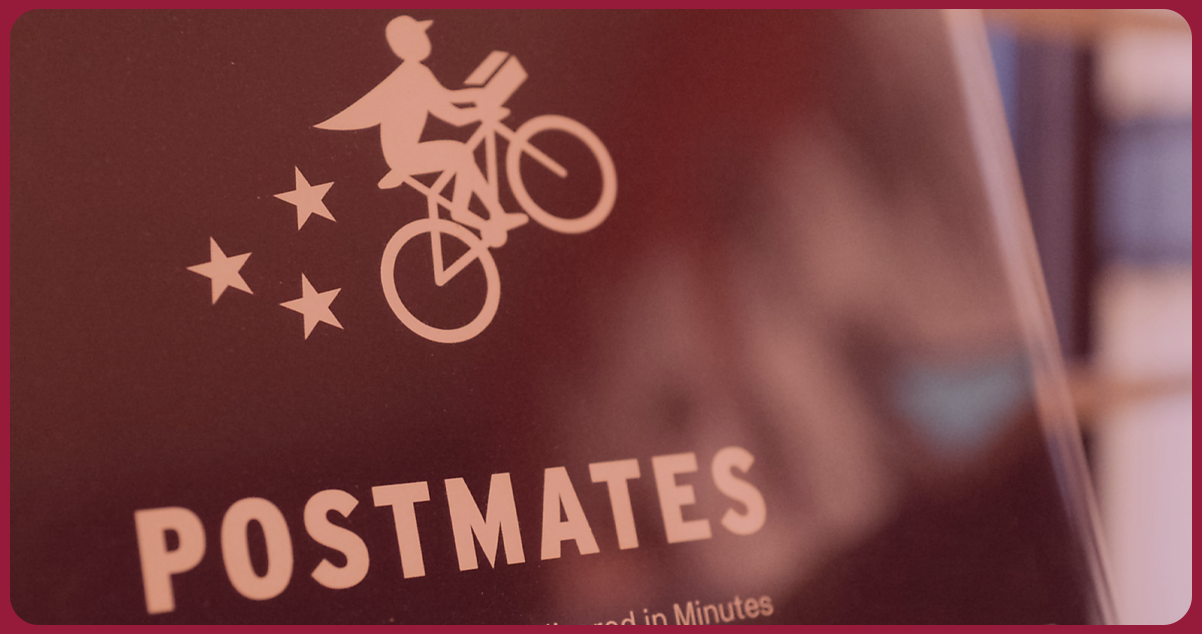
Scraping Postmates food delivery data serves several valuable purposes for businesses and individuals. Firstly, it provides access to real-time information about restaurant menus, prices, and availability, allowing customers to make informed choices when ordering food. Additionally, real-time menu scraping can offer valuable insights into market trends, popular dishes, and pricing strategies, enabling restaurants to refine their offerings and remain competitive.
Moreover, for businesses that rely on food delivery services, such as aggregators or delivery platforms, food delivery data scraping services allow them to aggregate menu data from multiple restaurants, simplifying customer orders. It also facilitates accurate price comparisons and helps optimize delivery routes and times, enhancing operational efficiency.
Furthermore, real-time restaurant price tracking of deliveries through scraped data offers customers transparency and convenience, as they can monitor their orders' progress and estimated arrival times. It leads to improved customer satisfaction and loyalty.
For comprehensive details, don't hesitate to contact Food Data Scrape. We're your one-stop solution for Food Data Aggregator and Mobile Restaurant App Scraping service. Our advanced insights and analytics empower informed decision-making, elevating your business strategies. Contact us today for data-driven success!
Get in touch
Get in touchWe will Catch You as early as we recevie the massage
Trusted by the best of the food industry























































































